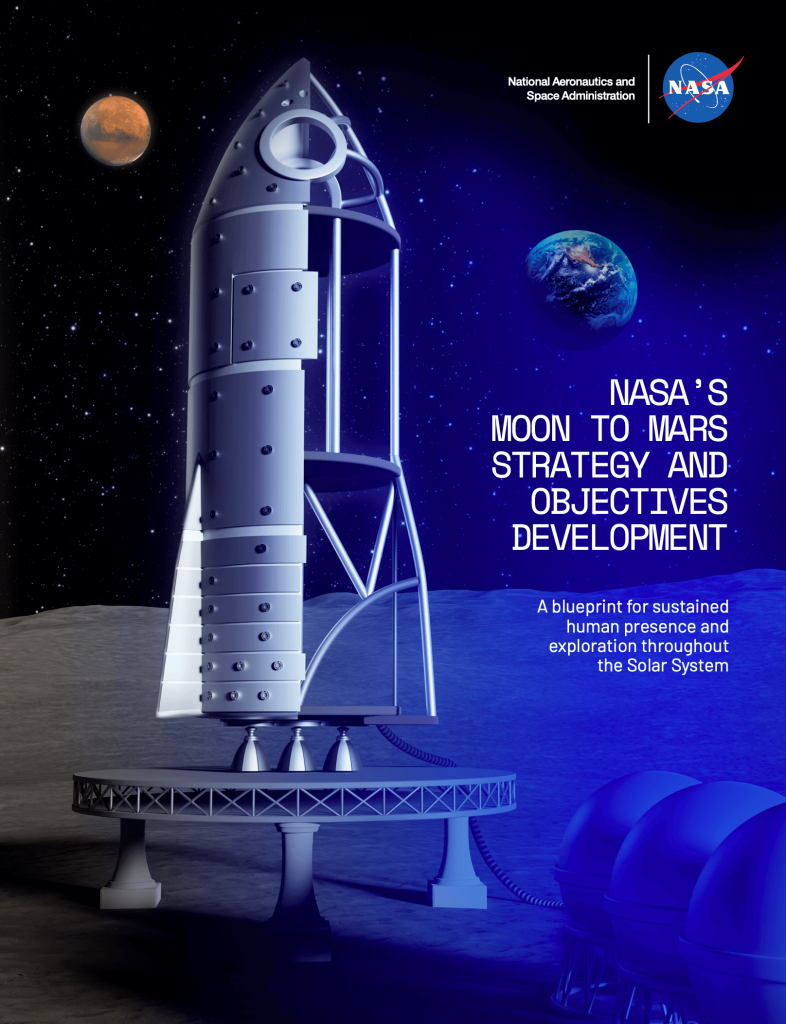The technology developed by BNPETRO and its space division, BNPSPACE, provides innovative and disruptive solutions that address key challenges in space exploration, particularly under microgravity conditions.
With its ability to convert waste into synthetic hydrocarbons and valuable resources, coupled with its expertise in thermal cracking processes and sustainability, BNPSPACE delivers a cutting-edge technological foundation tailored to the demands of long-duration space missions and the colonization of celestial bodies.
Below, we detail how BNPETRO’s technology can support various aspects of space exploration.

1. Waste Management and Resource Utilization in Space
Waste management is one of the most significant challenges in long-term space missions, such as those involving the Moon or Mars. BNPSPACE’s thermal cracking technology offers an efficient solution by transforming waste into valuable resources, creating a closed-loop sustainability model.
- Conversion of Waste into Energy and Inputs: Light hydrocarbons for fuel production. Syngas for energy generation or as a raw material for life-support systems. Carbonized coke, used in filtration systems or as a structural material.
- Circular Economy in Space Environments: By converting waste into usable materials and energy, BNPSPACE reduces reliance on frequent supply missions from Earth, fostering self-sufficiency in extraterrestrial habitats.
2. In-Space Production of Synthetic Fuels
Long-duration space missions require significant quantities of fuel for propulsion systems and operational activities. BNPSPACE technology enables the in-situ production of synthetic fuels, addressing these needs effectively.
- Utilization of Local Resources: On Mars: The abundant carbon dioxide in the Martian atmosphere can be combined with hydrogen (extracted from Martian water) to produce synthetic hydrocarbons using BNPSPACE processes. On the Moon: Biomass and waste generated by lunar settlers can be converted into fuels through the same technology.
- Renewable Energy Solutions: Synthetic fuels and syngas produced by BNPSPACE can power propulsion systems, energy generators, and even industrial robots, reducing dependence on Earth-based resupply missions.

3. Production of Advanced Chemical Inputs
BNPSPACE technology can generate high-value chemical inputs critical for space missions. Under microgravity conditions, the production of pure, highly controlled substances becomes even more feasible and advantageous.
- Raw Materials for the Space Industry: Aromatic hydrocarbons can be utilized for manufacturing 3D printing polymers, enabling on-demand production of tools and components in space. Light hydrocarbons can be refined to create high-efficiency fuels.
- Applications in Defense and Space Technologies: BNPSPACE technology can produce materials such as explosives and advanced shielding components, supporting defense and other critical operations in space.
4. Sustainability and Self-Sufficiency in Extraterrestrial Bases
Permanent settlements on the Moon or Mars require efficient systems to overcome resource limitations and ensure self-sufficiency. BNPSPACE provides integrated solutions to meet these needs.
- Local Energy Generation: Syngas can be utilized in fuel cells or generators to ensure a continuous and renewable energy supply.
- Production of Construction Materials: Carbonized coke produced by BNPSPACE can be repurposed into building materials, such as ceramic blocks, or used as reinforcements for extraterrestrial structures.
- Recycling of Space Biomass: Agricultural waste and organic residues from hydroponic systems can be processed into energy or other usable materials, further enhancing sustainability.
5. Operation in Microgravity Conditions
BNPSPACE systems are engineered to operate efficiently in extreme environments, including the microgravity conditions prevalent in space.
- Compact and Modular System: Thermal reactors developed by BNPSPACE are compact, making them ideal for integration into space habitats, where space optimization is crucial.
- Automation and Remote Control: BNPSPACE systems are highly automated, allowing for remote operation with real-time monitoring. This minimizes human intervention, making them suitable for autonomous missions.
- Safety in Space Environments: The technology is designed to prevent hazardous emissions, ensuring proper management of flammable or toxic gases in confined environments like spacecraft.
6. Mining of Space Resources and Debris
BNPSPACE technology can also be adapted for resource mining in extraterrestrial environments, contributing to material reuse in space.
- Space Debris Mining: Accumulated debris in Earth’s orbit can be collected and processed to extract valuable materials, such as hydrocarbons.
- Asteroid Mining: Elements found in asteroids can be converted into synthetic fuels, powering long-range interplanetary missions.
7. Alignment with Sustainability Goals in Space
Sustainable space exploration is a cornerstone of humanity’s future beyond Earth. BNPSPACE contributes significantly to these objectives by:
- Reducing Waste: All waste is converted into valuable resources.
- Decreasing Dependence on Earth: Inputs and fuels are produced locally in space.
- Maximizing Energy Efficiency: Optimized energy generation and consumption reduce inefficiencies.
- Advancing Technology for Earth and Space: The development and refinement of BNPSPACE technology for space conditions make it more compact and precise, enabling future applications on Earth, such as small-scale waste processing units in urban environments.
Conclusion
The innovative and transformative solutions provided by BNPETRO / BNPSPACE directly address the challenges of space exploration. From waste recycling and renewable fuel production to the development of advanced chemical inputs, BNPSPACE’s technology has the potential to transform space missions into more sustainable, efficient, and self-sufficient operations.
By partnering with global space exploration initiatives, BNPSPACE positions itself as a strategic player in shaping the future of human presence in space. Its focus on sustainability, resource optimization, and cutting-edge technology ensures that the human journey beyond Earth remains innovative, resilient, and sustainable.



